Don’t you wonder, why some people claim that bed bugs keep coming back? Like a boomerang.
You’ve invested time, money, energy, belongings, and perhaps even some social ties to be finally rid of bed bugs. To have a normal night, without something crawling on you. Without waking up with the red bitemarks all over the body. After an ordeal, that perhaps looked as if it will never stop, it now seems as if the dreadful experience has finally passed. If anything, you hope it remains so.
We do not want to be the bearer of bad news, but the horrible truth is, that bed bugs can return. Anytime. They spread quite efficiently and no location or person is immune to them. There will always be some probability for them to come back.
But does that also mean that you can’t do anything about this?
Most definitely not!




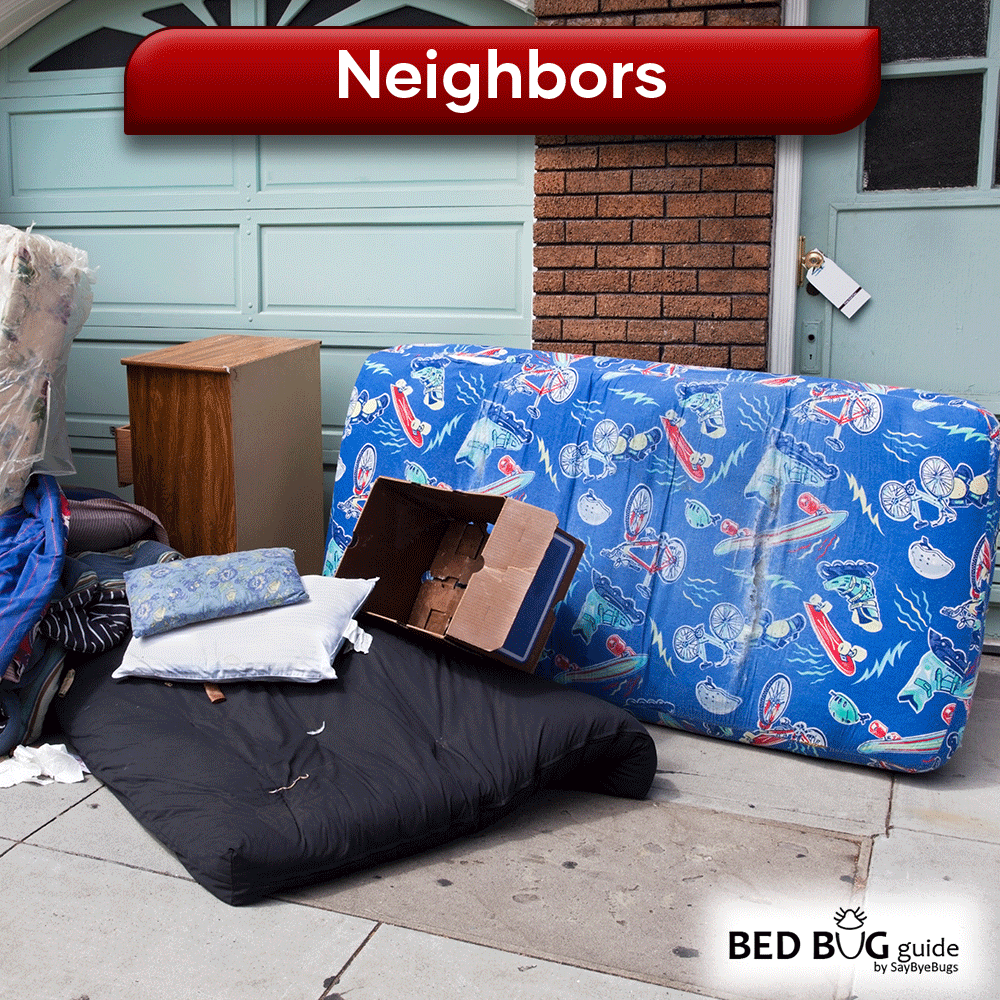


Sadly, no method exists that could guarantee a complete prevention of their return. There are however simple steps anyone can do, to drastically cut the chances of ever picking them up again. You may find them listed below.
As an extra precautionary and a bonus to this list we have added a few tips on what to do if, at one point, you start to suspect you have contracted them again. By following those steps you will limit the severity of the infestation, reducing the problem to an absolute minimum.
Feel free to save the guide, print it, or even forward it to whomever you think might need it.
Stay safe.

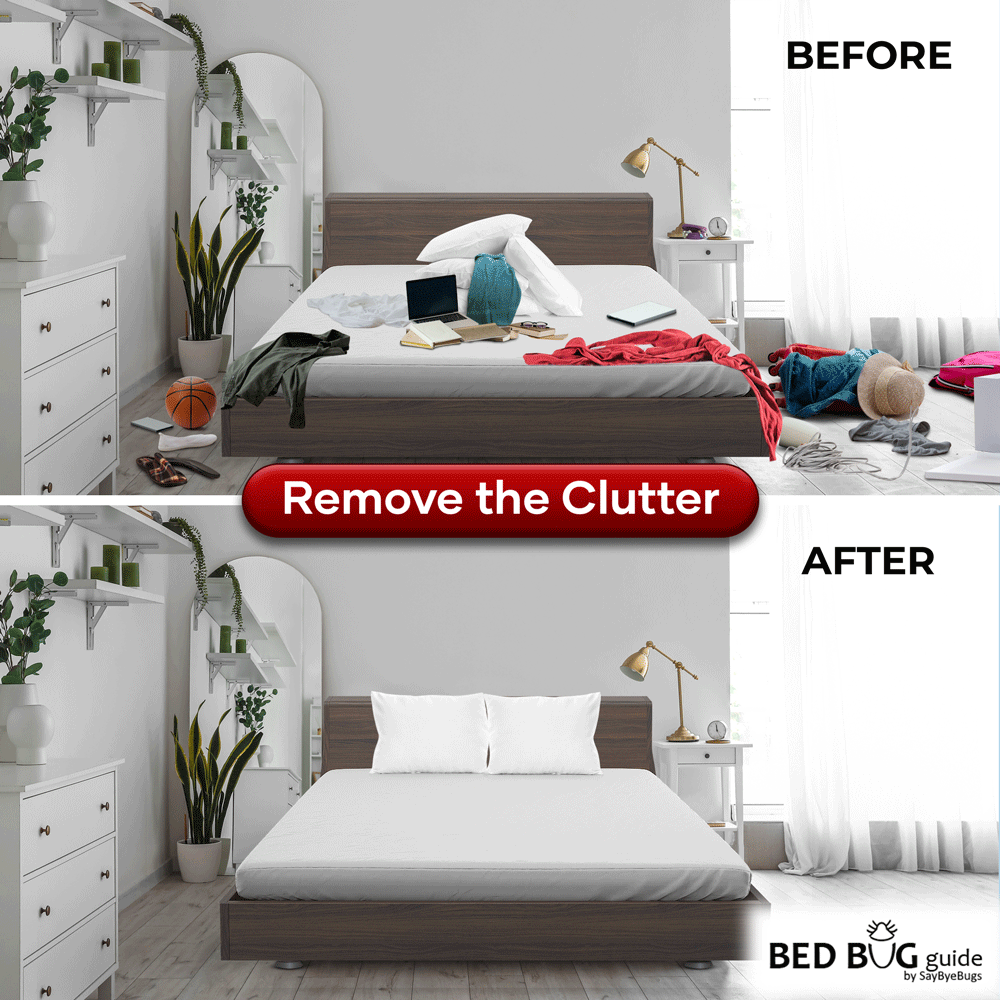

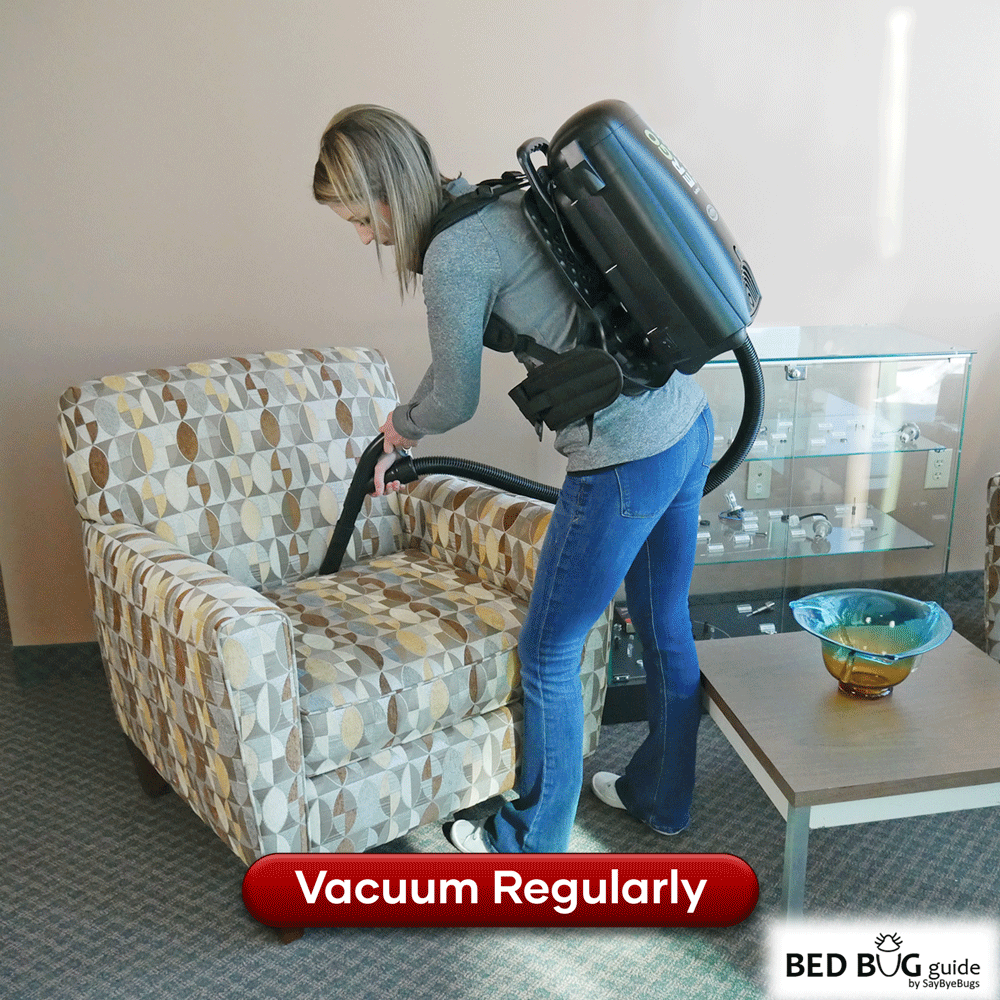
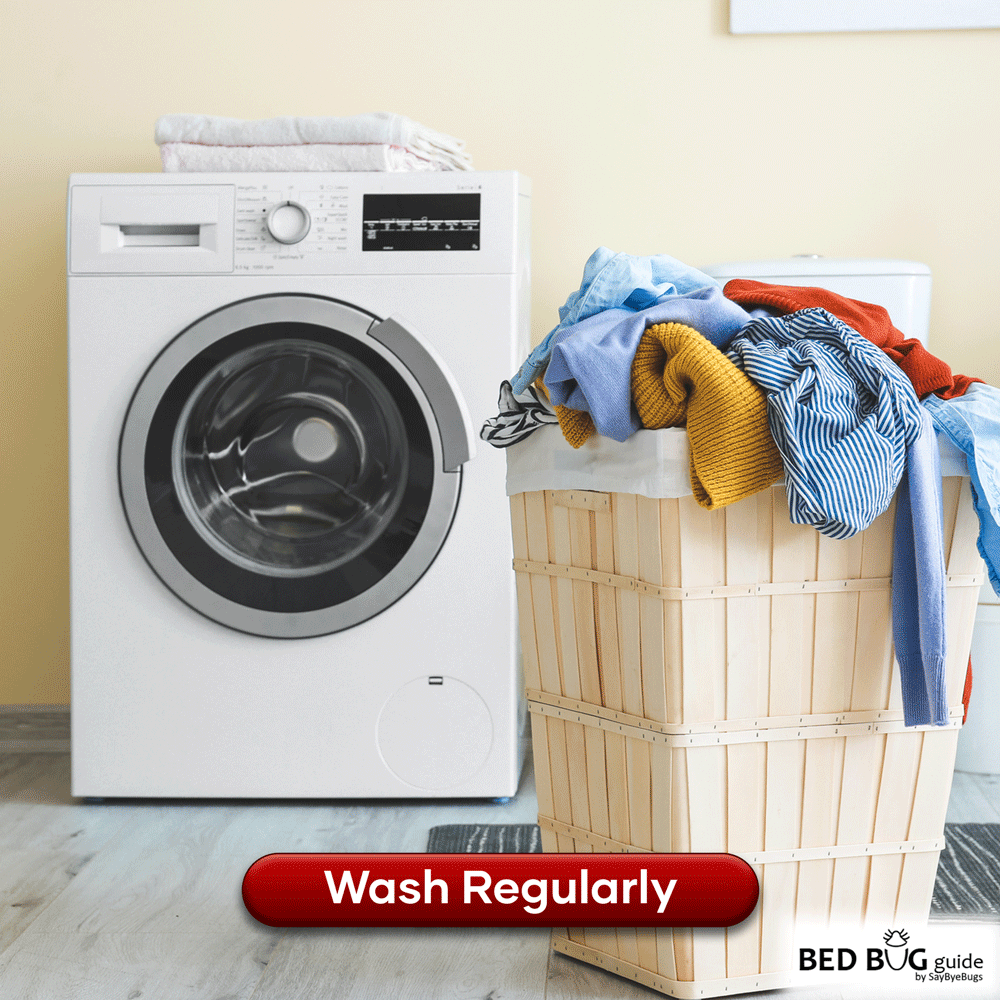
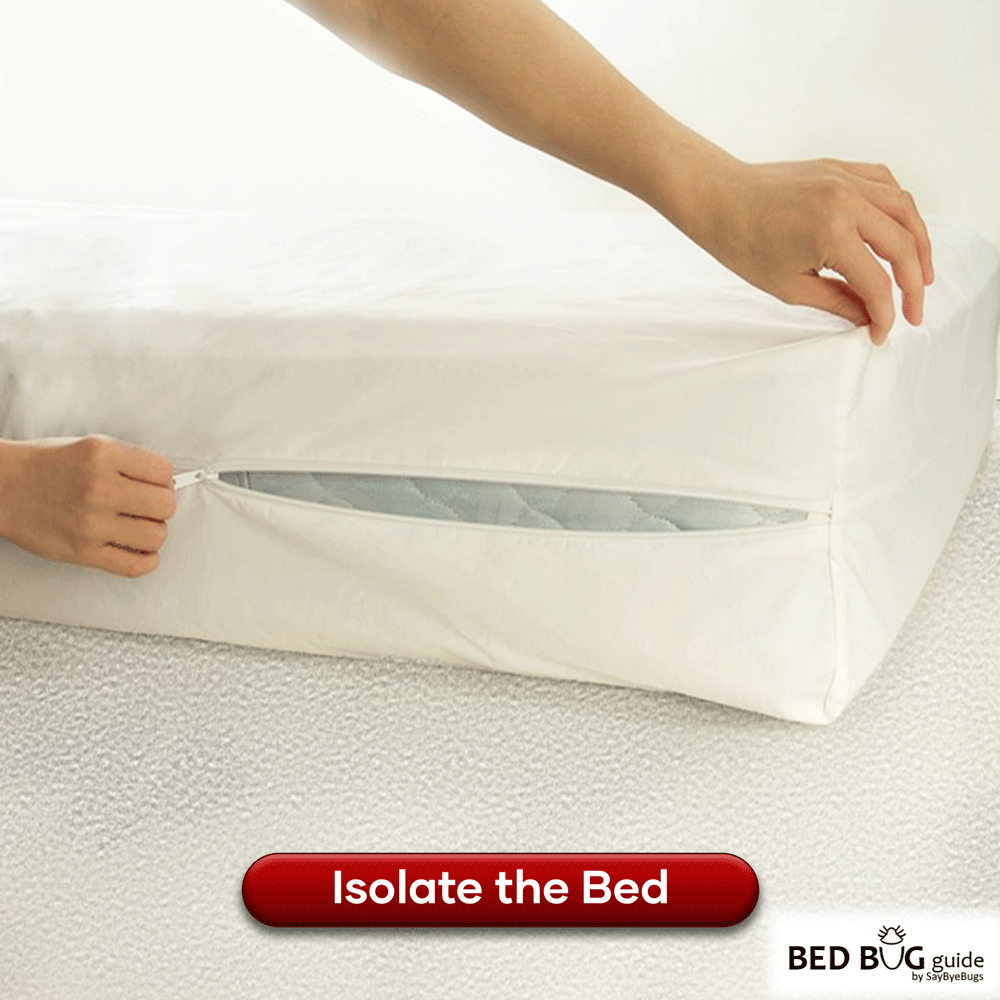

Bed Bug Guide for a Bed-Bug-Free Life
A list of Bed Bug Preventive methods everyone should follow.
- Avoid bringing used furniture or textiles to your home. If you need to resort to thrift shopping, consider this article’s advice beforehand.
- All foreign, or third-party-owned fabrics should undergo thorough treatment before entering your home. Either wash them at a maximum permissible temperature or use a specialized Bed Bug Laundry Detergent if you cannot reach a temperature of 120°F. Tumble-drying at such temperatures will also achieve the desired results.
- Seal shut cracks, crevices, and voids. Especially within a 10-ft. radius of any spot where you sleep or where you have found signs of bed bugs. Do not forget walls, floors, bed frames, and other furniture. Use a high-quality silicone-based sealant, or other home DIY tools and accessories to get the job done.
- If possible use protective bed encasements to eliminate any hiding spots on your bed.
- Minimize the amount of clutter in the bedroom to remove potential hiding spots.
- Place Bed Bug Monitors under your bed and seating areas to verify the presence of bed bugs. The same accessory may also serve as a barrier to prevent bed bugs from accessing you during the night, but only if these conditions are fulfilled.
- Clean and vacuum regularly. Pay particular attention to cracks and crevices, carpets, and similar locations where bed bugs could hide.
- When sleeping outside of your home (e.g during travels) keep the following sequence always in mind:
- Elevate the luggage off the floor after entering the room. Preferably even on a stand, table, or another hard surface rather than placing it on the floor or onto a bed.
- Examine bed sheets, mattress seams, and box springs for any signs of bed bugs before unpacking. Check the area along the head of the bed and behind the headboards as well. If needed, move the bed. Refer to this link on how to perform a bed bug inspection.

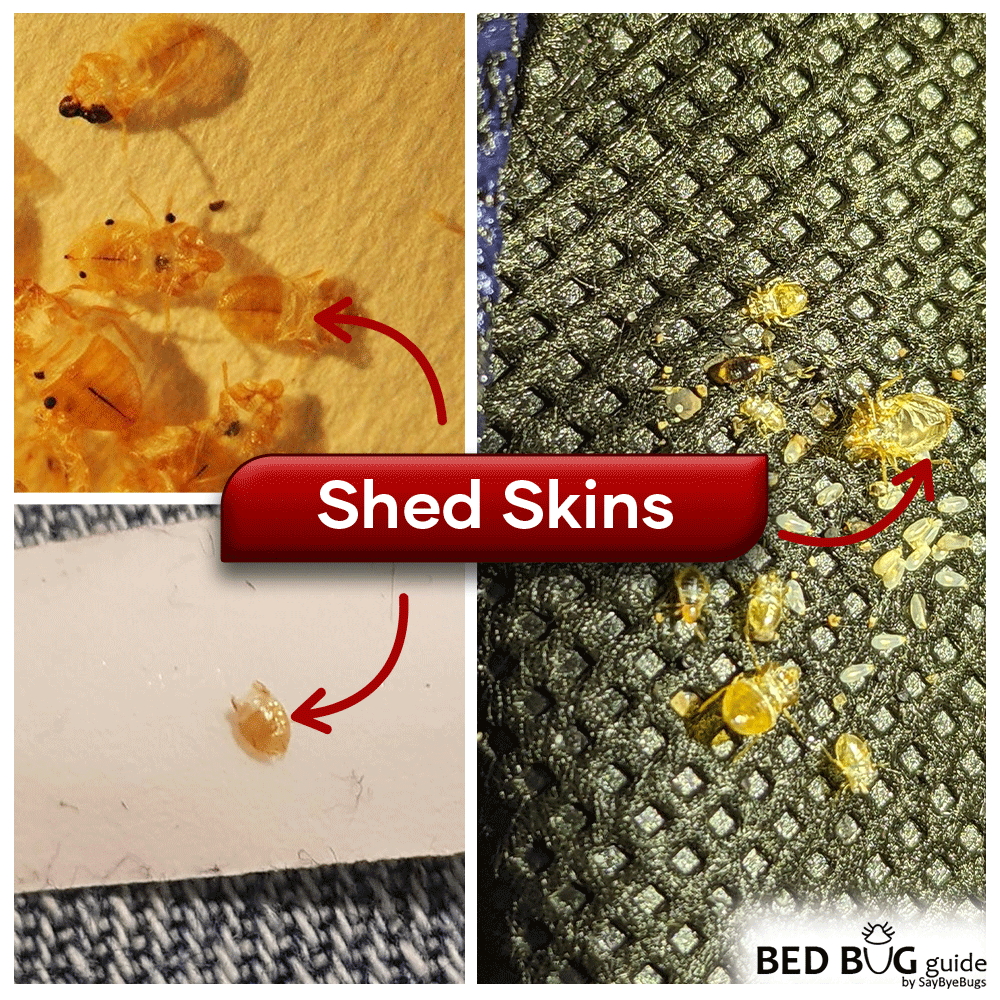
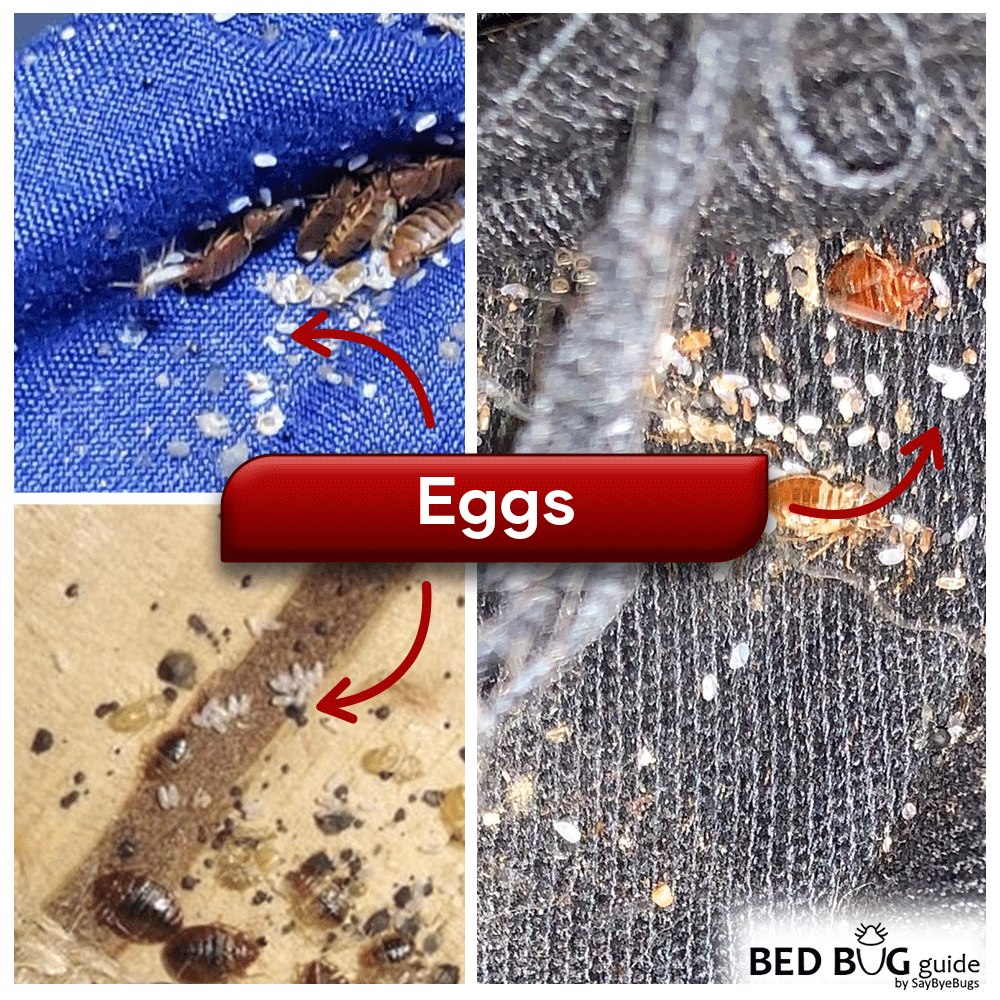

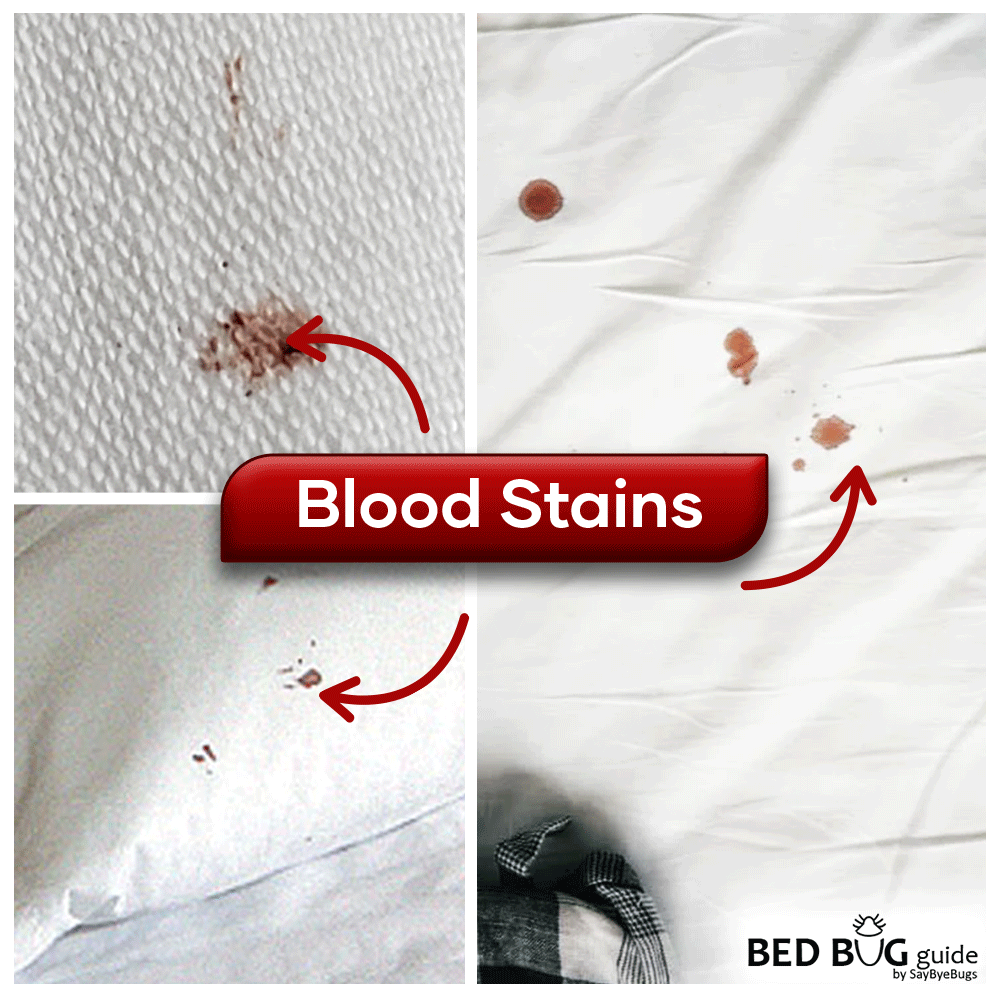
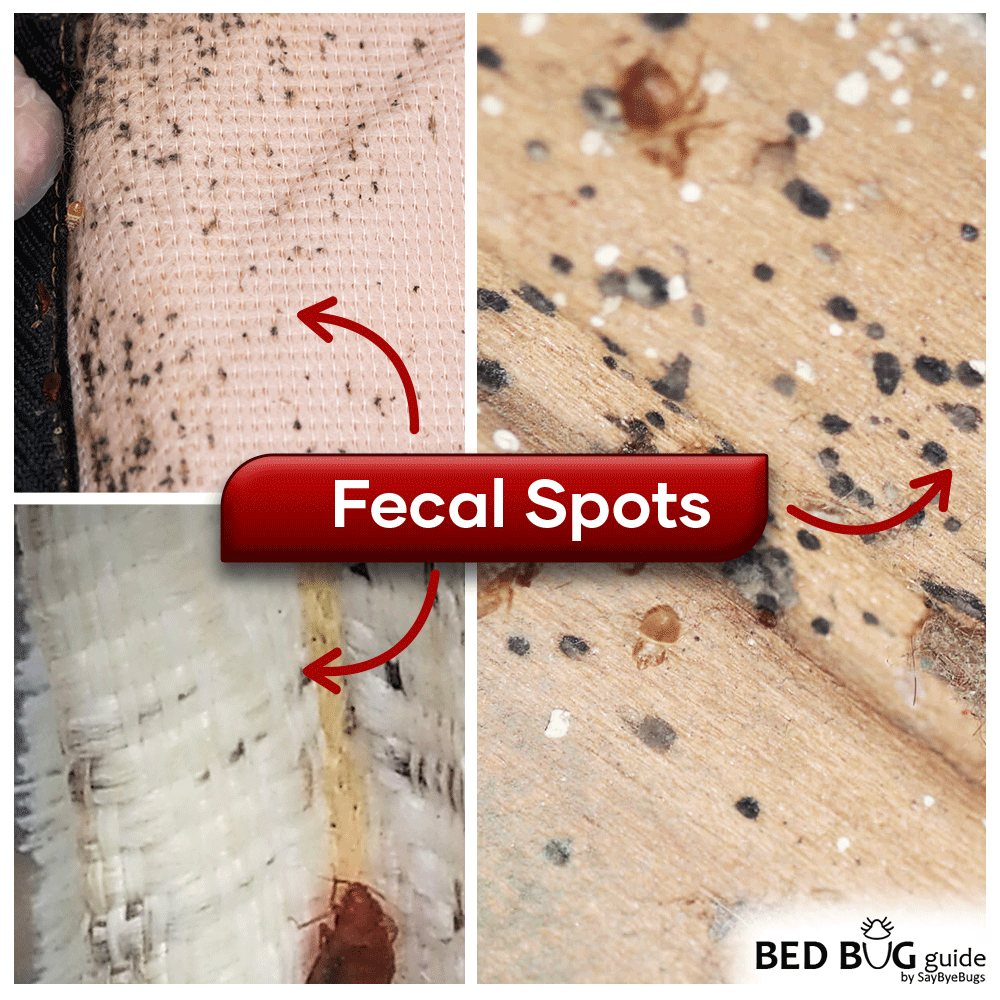
- If you find an unknown bug during your travels use this online tool to quickly check if it is a Bed Bug. The tool is free and always accessible. It only takes a few seconds to let you know for certain if what you’ve found is a bed bug.
- Unpack only what’s necessary and keep the rest in the bag/suitcase. Cautious individuals may even want to keep belongings in sealed plastic bags (zip lock bags or similar).
- Leave the room immediately and request a different room if bed bugs or their signs have been confirmed. Savvy travelers always carry travel-size pesticide for such situations.
- Wash the clothes with a specialized Laundry Detergent or heat treat them after returning home in case of exposure to bed bug signs.
- If at any time you discover red swells on your body they could be from Bed Bugs. This infographic might help you, since swells may occur for various reasons. Regardless of their origin, consider using a specialized cream, or a specialized tool such as bite away to treat them before the itch develops.
- Regardless of the cause of swells, we still recommend you consider them as a potential sign of bed bugs and react to them on the spot. This may sound like an overreaction, but a minute of your time here is a good investment into your near future. Do not react with panic, but by conducting a thorough check of the environment.
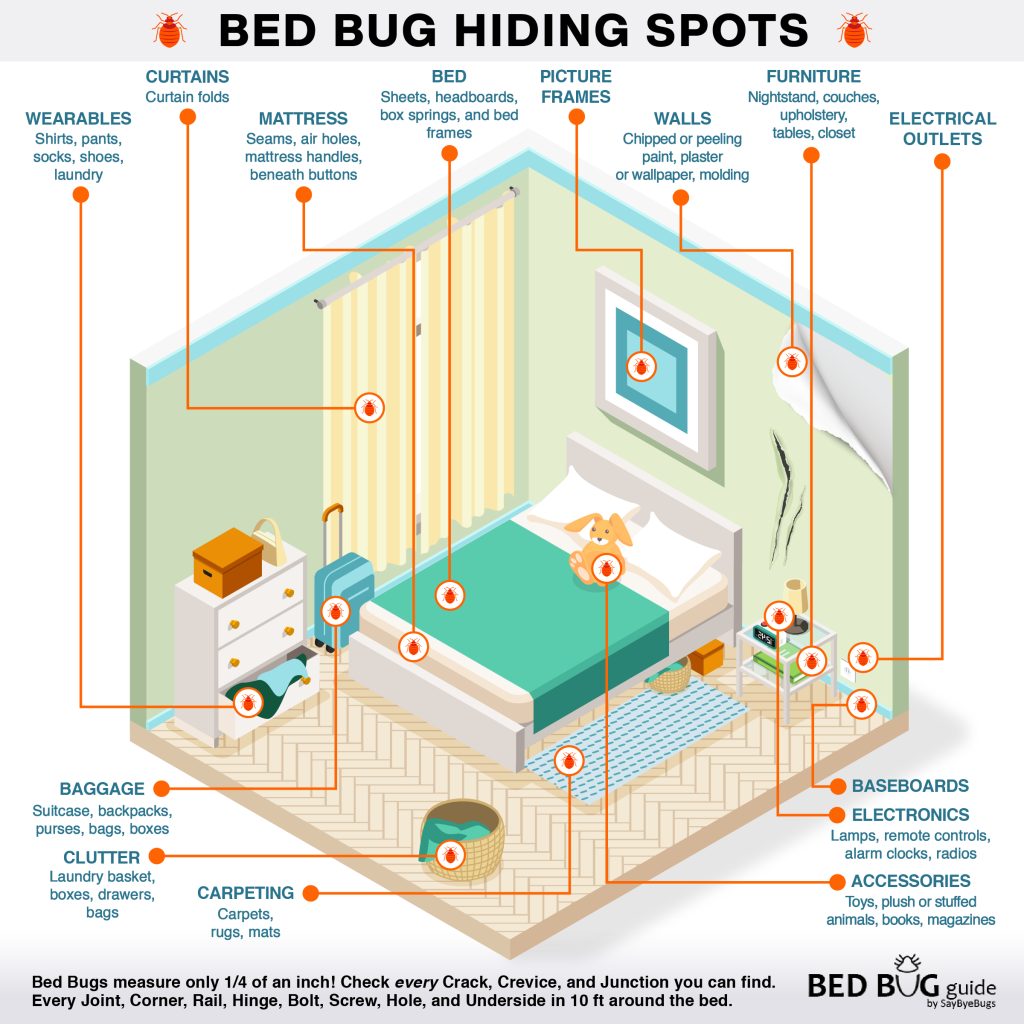
BONUS: If you see bed bugs or their signs do not wait for the infestation to develop. Don’t delay and proceed with a confirmed treatment type, that will do the job. Since this is only the beginning of an infestation, you do not need either expensive or extensive treatments. We recommend something that is simple to use, non-toxic, and applicable to many surfaces. SayByeBugs would be our top pick since it is safe (non-toxic for humans and pets), proven to kill, and even under a guarantee. You risk absolutely nothing (neither money, health, or time) if you apply this product in such a situation. You can read more about it here.
Interested to learn more about Bed Bug Prevention?
Click on the links below to learn more.
If you really want to get rid of bed bugs today try SayByeBugs! It was developed as a safe and highly effective alternative among a sea of products that rarely deliver on their promises.


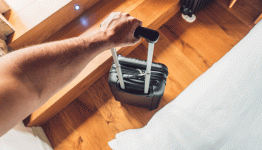




2 Comments